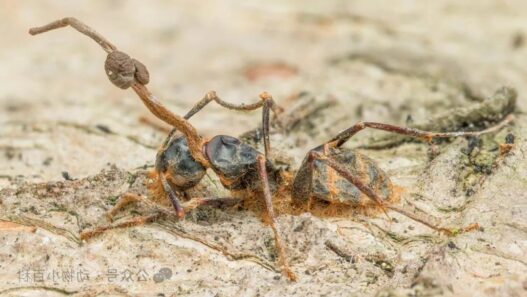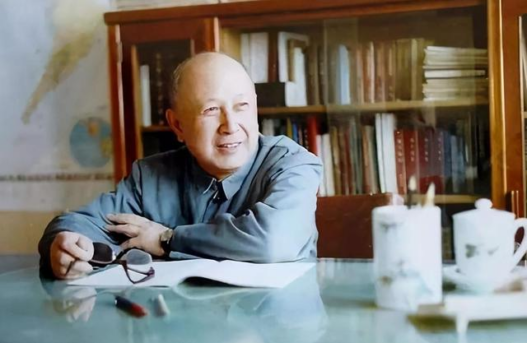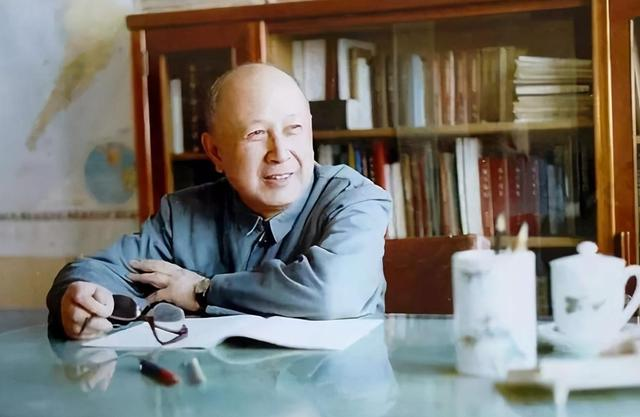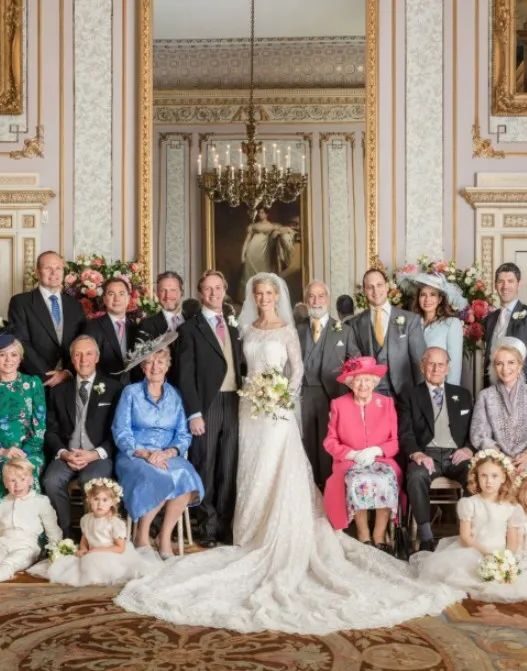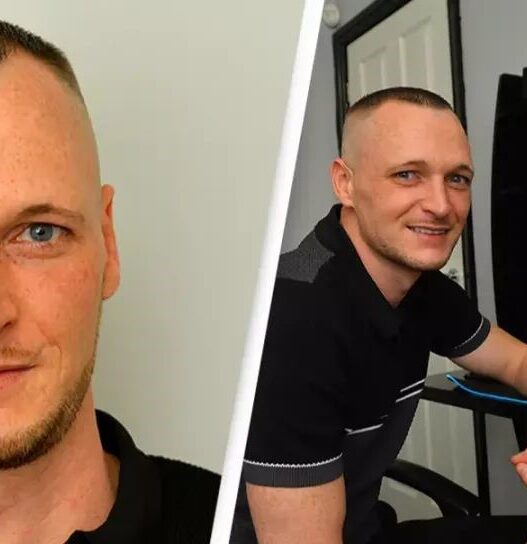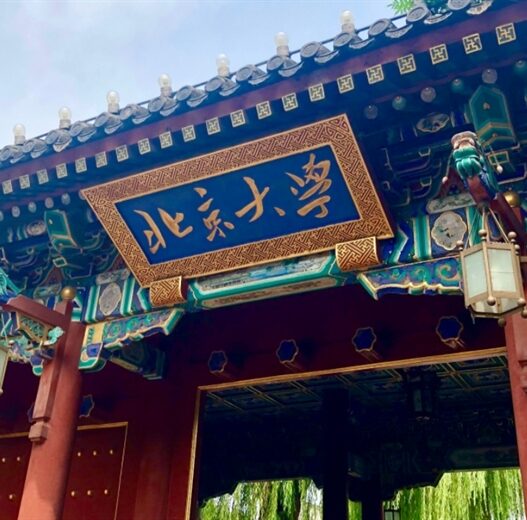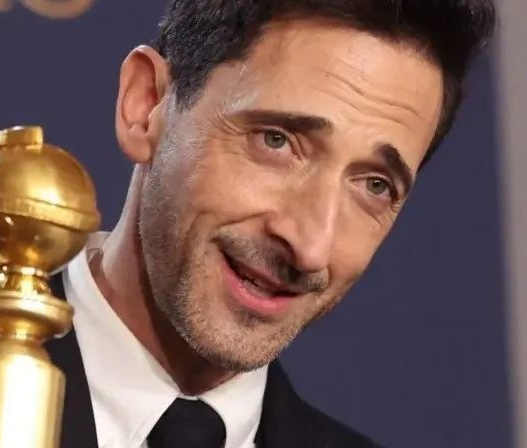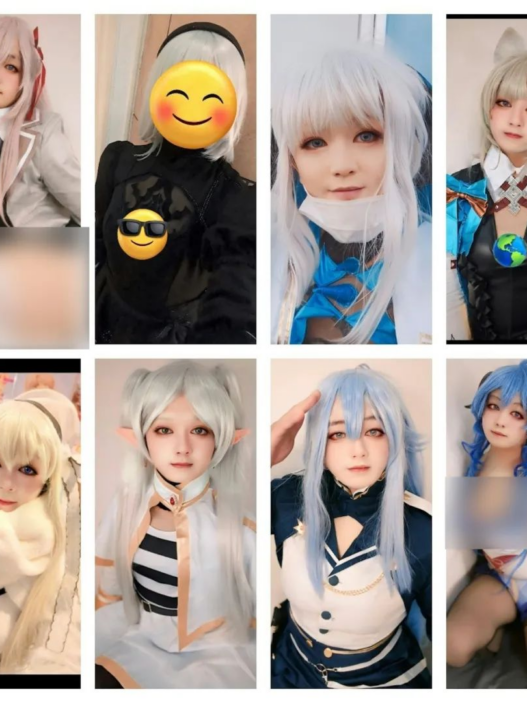The year 1979 was something of a watershed moment for China. A seemingly unbelievable story broke in the Sichuan Daily, igniting a nationwide obsession with so-called “special abilities.” The report told of a 12-year-old boy, Tang Yu, from Dazu County, who could purportedly “read” with his ears. This sparked a frenzy, with “masters” and “miracle workers” seemingly materializing from every corner of the country. From ears and noses that could decipher text, to pills that could mysteriously pass through glass, it seemed that ancient China held a treasure trove of unexplained human potential.
The Boy Who Listened to Words
Tang Yu’s Discovery
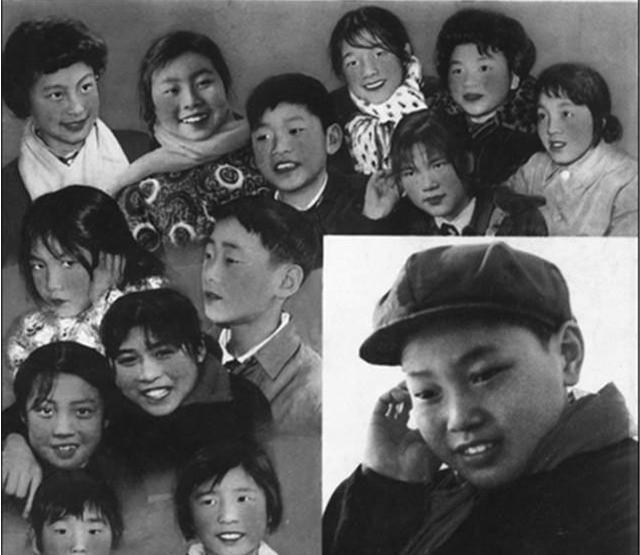
In 1978, young Tang Yu was walking with a friend when his ear brushed against his friend’s pocket. Suddenly, the brand name of a pack of cigarettes, “Flying Goose,” popped into his head. When he asked his friend, it turned out the kid indeed had the same brand! While surprising, this incident was initially brushed aside. However, two months later, while observing adults play a word-guessing game, Tang Yu made an offer, “Write a word anywhere, wrap it up, and I’ll guess it!” He held the crumpled paper to his ear, quickly identifying the word. This ability soon spread like wildfire.
The Media Takes Notice
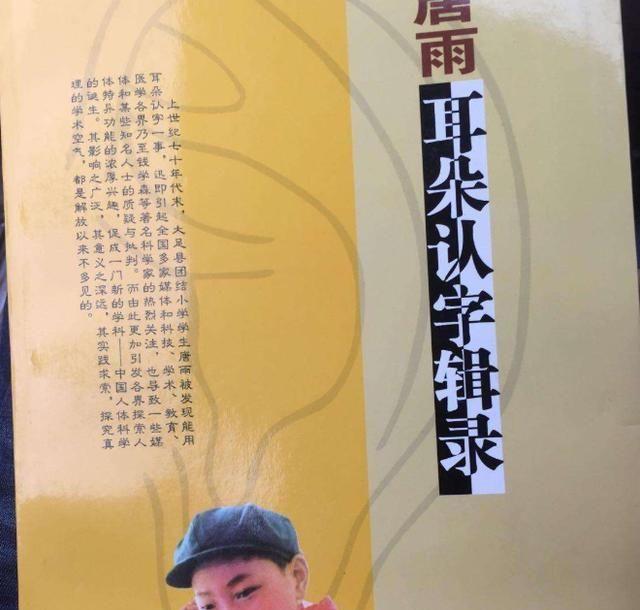
Intrigued, journalists from the Sichuan Daily investigated Tang Yu’s claims. They used various pens and colors, writing out words like “China,” “Sichuan Province,” and “Unity and Stability,” and crumpled or folded the papers. Tang Yu, using only his ear, correctly identified each one, even down to the colors and pens used. Soon, other major media outlets, like the Shanghai Science and Technology Daily, Hubei Science and Technology Daily, and Anhui Science and Technology Daily, picked up the story. A wave of reporters, officials, and research teams descended upon Dazu, marking the start of China’s exploration into the world of the paranormal.
Copycats and Doubts
Other reports began to surface, such as Hu Lian, a 12-year-old girl from Xuancheng County, who was also said to have the ability to read with her ears. Then came Jiang Yan, an 8-year-old from Beijing, reportedly capable of reading and identifying images using her ears. Interestingly, before her story was made public, China’s Institute of Psychology tested her twice, confirming her ability. However, this initial period of discovery was also met with widespread skepticism. The established scientific community dismissed these claims as fraudulent, often with the sentiment that “only magicians and charlatans could achieve such feats!”.
The Scientific Backlash
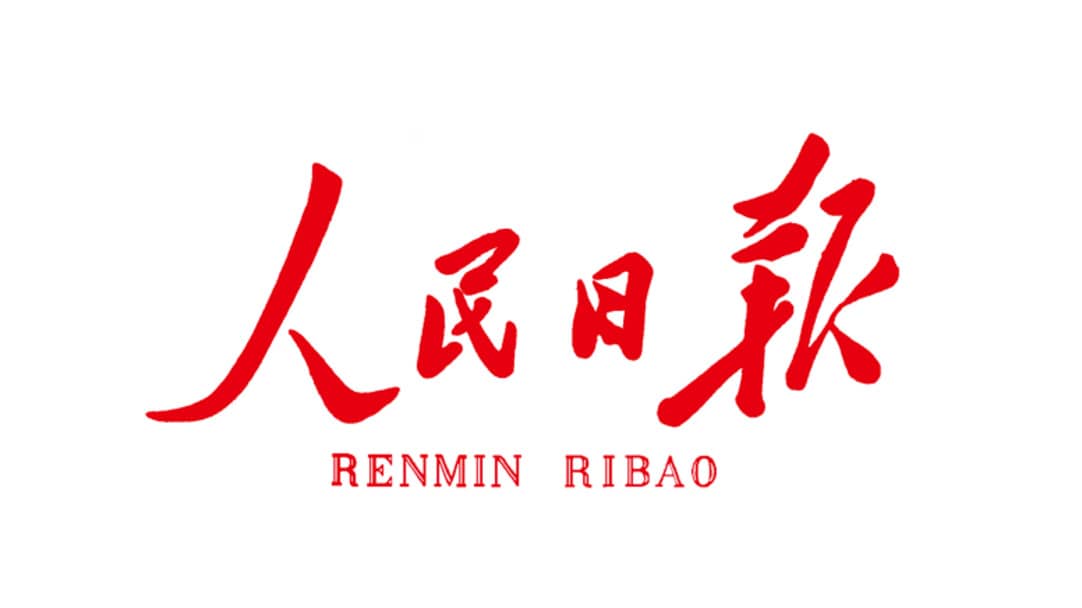
Skepticism and Scrutiny
The Sichuan Medical College formed a team to investigate Tang Yu, and their conclusions were damning. In 25 tests conducted over eight days, they determined that he had peeked in all but six cases where he refused to read. This finding prompted a critical report by Zhou Bin, a journalist from Guangming Daily. Subsequently, the Chinese Academy of Sciences re-tested Jiang Yan. They concluded that her previous successful tests were flawed, and that in a subsequent test of 10 samples, she only read five, and only after secretly peeking. These findings were published in the State Science and Technology Commission’s Internal Report.
Public Dismissal
On May 5, 1979, the People’s Daily published an article by Zu Jia criticizing “ear reading,” followed by another article on May 18 by Ye Shengtao. Both articles were scathing, describing the phenomenon as “absurd,” “unscientific,” and “a disgrace to the Chinese people.” After these harsh criticisms, both Tang Yu and Jiang Yan claimed to have lost their abilities. The official line became that the promotion of “ear reading” was anti-science and a resurgence of superstitious beliefs. The Sichuan Daily published a self-criticism, and the Communist Party Secretary of Sichuan also issued a self-criticism.
A Scientific Magazine Dares to Investigate

Nature Journal Takes a Different Approach
Despite the official condemnation, some at the Shanghai based Nature Journal, a prestigious science publication, were not ready to dismiss the “ear reading” phenomenon entirely.
The ‘Two Zhus’
Two editors at Nature Journal, Zhu Runlong and Zhu Qiaqia, became the pioneers of this field. Known as the “Two Zhus,” they ventured to Beijing to investigate two sisters, Wang Qiang and Wang Bin, students at Beilishi Road Elementary School, who had claimed similar abilities. The sisters said they could “feel” words when placed near their ears, nose, or armpits. Images would appear briefly in their minds.
Rigorous Testing
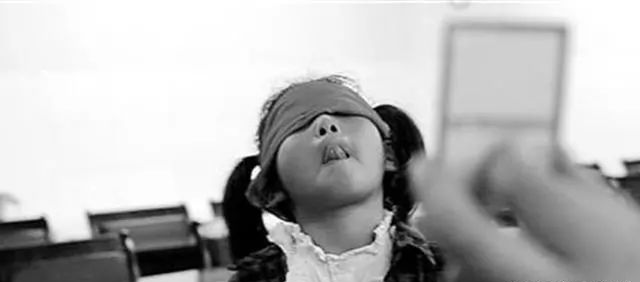
The “Two Zhus” tested the sisters under strict conditions. They prepared words outdoors, put them into gloves on the girl’s hands, which were tied closed with rope to prevent cheating. The girls then placed their hands under their armpits to read. The girls were able to correctly identify the colors and shapes on the papers, which caught the “Two Zhus'” attention. Following this, Nature Journal published various articles from scientists including Chen Shouliang, a professor of biology at Peking University, and Luo Dongsu, a scientist from the Air Force Medical Research Institute, all detailing their own tests on special abilities in reading.
The Mystery of the “X-Kids”
The Story of Marshal He Long
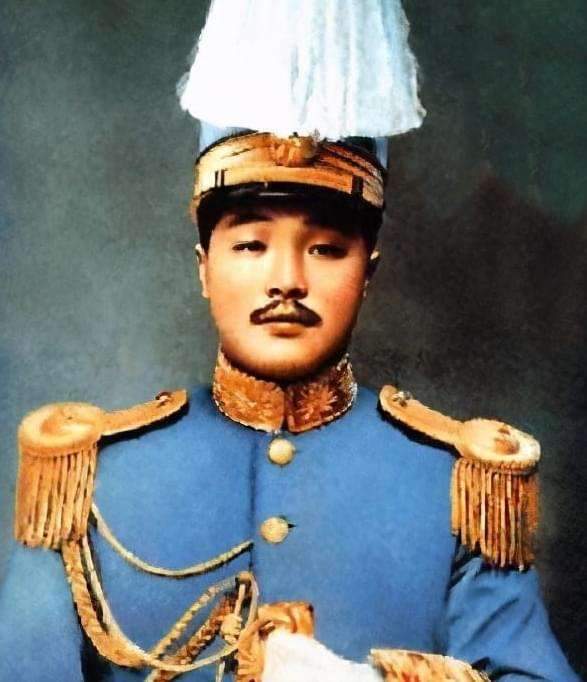
Reports also emerged of other unexplained abilities. One such report told of Marshal He Long being informed of a boy in Guangdong who could see through walls. He Long, initially skeptical, recognized the potential military value of such a skill and decided to investigate personally.
A Doctor’s Note
The boy was brought to He Long. The marshal asked if he could see what was in his pocket. The boy concentrated and replied, “It’s a doctor’s note!” The marshal pulled out the note, laughing. He Long reportedly instructed the protection of the child.
The Special Abilities of Children
This story further fueled public interest in special abilities. The State Science and Technology Commission and the Chinese Academy of Sciences received many letters about children possessing special abilities, usually aged between 8 and 15.
The First Conference on Special Human Abilities
Shanghai Gathering
In February 1980, Nature Journal hosted the first conference on special human abilities in Shanghai. Over 80 delegates from across China attended, including 13 children and 1 adult with these reported abilities. The conference featured demonstrations and tests, focusing on improved methodologies, such as sealed envelopes and boxes.
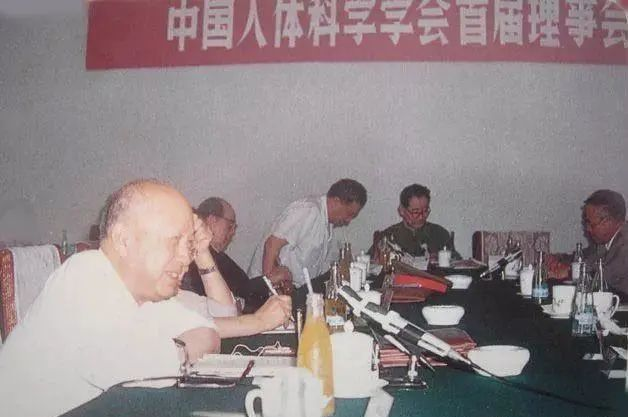
A New Era of Research
Nature Journal declared that this conference marked a turning point, moving the field into a new phase of investigation. In this period, reports of extraordinary abilities became common. Local officials attended demonstrations, and dozens of universities and research institutions conducted studies on the phenomenon. This led to the Second Conference on Human Sciences in Chongqing in 1981, which drew 106 universities and research institutions and 147 research papers.
The Enigma of Zhang Baosheng
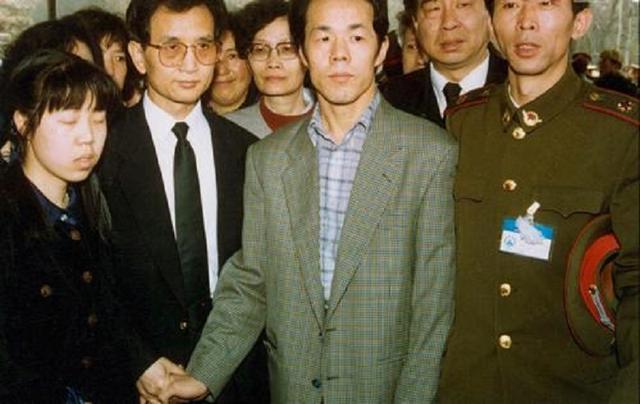
The Real-Life “Big Gun”
The character “Big Gun” from the movie God of Gamblers, known for his powers, was inspired by a real person: Zhang Baosheng, a figure at the heart of this phenomena. Zhang Baosheng, born in Nanjing in 1960, began working in a lead mine after junior high.
The Nose That Knows
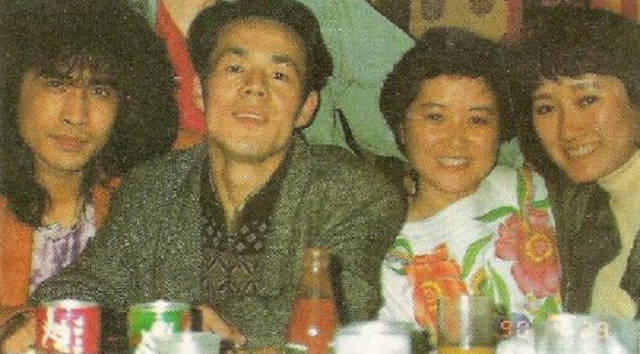
Around 1980, Zhang Baosheng casually mentioned the contents of a colleague’s letter. Initially accused of theft, he insisted he had “read” it with his nose. This prompted testing, which confirmed this ability. Local officials and the Liaoning College of Traditional Chinese Medicine further tested him, discovering his ability to see inside the body, including pregnant women’s fetuses.
From Local Talent to National Figure
Zhang Baosheng’s fame grew rapidly. In 1982, he was invited to Beijing and garnered the attention of Zhang Zhenhuan, deputy director of the National Defense Science and Technology Commission. After witnessing Zhang’s abilities, Wu Shaozu, Deputy Director of a department within the commission, wrote to Hu Yaobang, suggesting that these phenomena might be a breakthrough in science.
A Visit from the Military
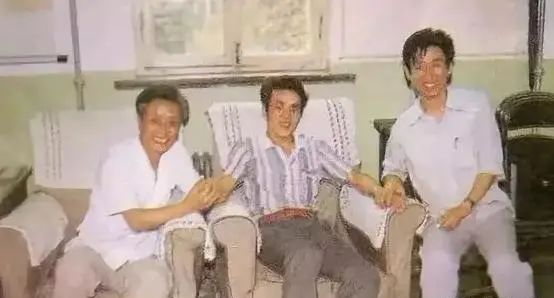
In May 1982, after learning of Zhang Baosheng’s abilities, Marshal Ye Jianying asked to see him. Zhu Qiaqia from Nature Journal brought Zhang Baosheng to Ye’s residence. Zhang identified the words “Three Smiles” written by Ye Jianying on a piece of paper by sniffing it.
Zhang Baosheng’s Astonishing Feats
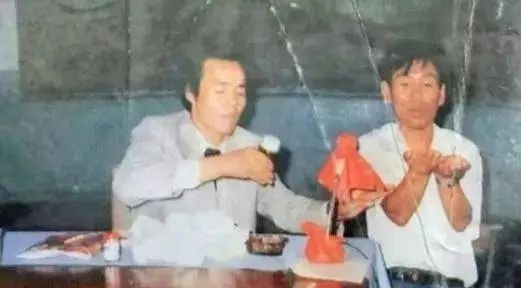
Pills Through Bottles
Zhang Baosheng’s talents were extraordinary. One of his signature stunts was passing pills through the glass walls of sealed bottles. He would “activate” his abilities, and the pills would seemingly materialize outside the bottle, leaving the seals intact.
National Treasure
Considered a “national treasure,” Zhang Baosheng was given a position at the 507 Institute in 1983. He was known for healing the ill and giving Qigong lectures. Despite his fame, Zhang had a temper, and was fond of practical jokes. He once made a diamond ring vanish from a visiting Hong Kong actress. His “abilities” extended to food, as he could make specific foods appear directly in someone’s stomach whether they wanted to eat it or not. He could also reconstitute a crumpled business card by picking through the pieces.
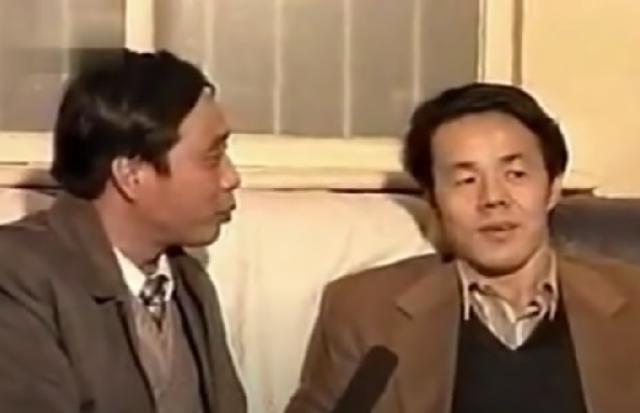
A Meeting with a Novelist
Among the many who encountered Zhang Baosheng was the famous novelist Chiung Yao. In her 1988 work, Unbreakable Nostalgia, she devoted an entire chapter to the man. Zhang Baosheng demonstrated his abilities, setting a garment on fire and retrieving her note from the inside of a sealed bottle.
Scientific & Military Applications
Zhang Baosheng’s abilities weren’t just viewed as entertainment. Researchers used high-speed cameras to record the “pill-through-bottle” phenomenon, and found that Zhang could move heavy objects through walls. Song Kongzhi, a professor of human science, claimed that he witnessed Zhang moving a 100-pound bag through a warehouse wall.
The “Top Tier” of Psychic Power
The Elite Few
Beyond Zhang Baosheng, there were rumors of even more powerful individuals, protected by the government for scientific and military research. Some were said to move large objects with their minds, and others could manipulate a person’s blood pressure or cause bleeding from the eyes, ears, nose and mouth even from hundreds of kilometers away.
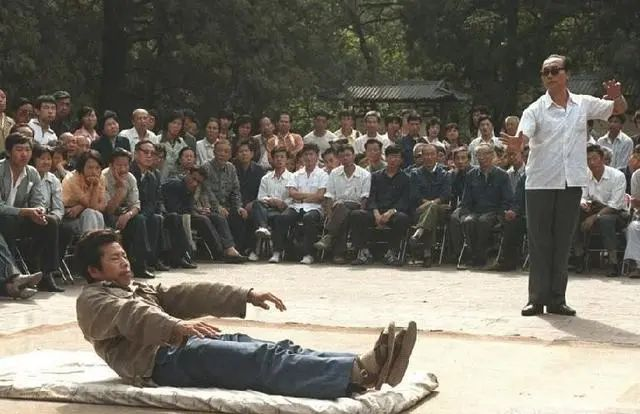
A Nation Investigates
Since 1979, when China acknowledged the existence of special abilities, scientists and researchers across the country started to investigate this phenomena. One such figure was the “father of Chinese missiles,” Qian Xuesen. According to the Hong Kong newspaper Wen Wei Po, Qian Xuesen confirmed he was a believer, after personally witnessing demonstrations.
Qian Xuesen’s Belief
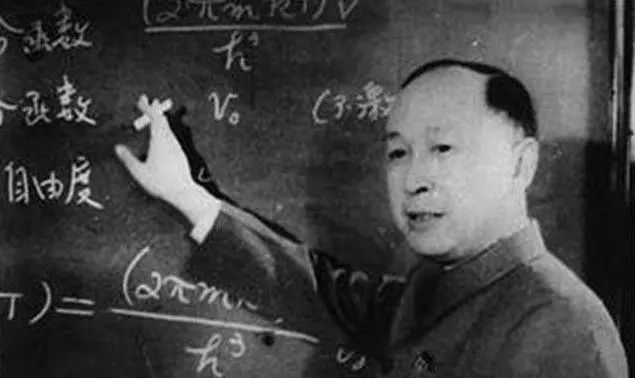
Qian Xuesen was not a man easily swayed. He was convinced that these phenomena could be explained through modern physics. He believed that telekinesis, could be explained by the manipulation of electromagnetic fields and waves. Qian told a story of WWII radar operators who could “hear” microwaves.
Qigong, Traditional Medicine and Special Abilities
The Connection
Qigong, a traditional Chinese practice, seemed related to special abilities. Qigong practitioners cultivated an internal energy that could be released, potentially for healing or injury. Qian noted, “We have found that people with special abilities are similar to doctors who use Qigong for healing. They release energy and their face becomes red and their forehead sweats.” Qian also cited brain scan experiments that showed similar brain patterns when Qigong masters are releasing energy. He believed this connection made special abilities, Qigong and traditional Chinese medicine a single underlying concept.
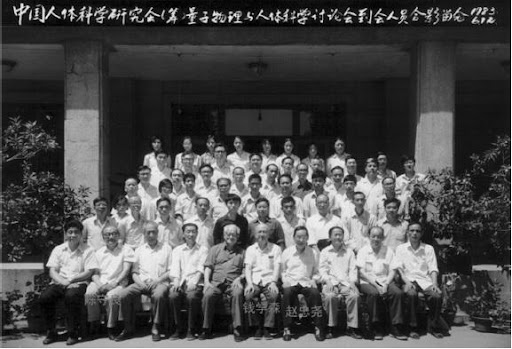
A New Scientific Revolution
Qian Xuesen went as far to declare that the research of special abilities, Qigong and traditional Chinese medicine could lead to “an Eastern Scientific Revolution”. He felt it could be even greater than the revolutions of quantum mechanics and relativity in the 20th century.
The Future of Human Science

Challenging the Status Quo
The philosophy behind human science can be traced back to theories by American physicist Robert Dicke in 1961. In 1974, British astronaut Brandon Carter expanded on it, calling it “the anthropic principle”. This principle suggests that humans are extremely complex, open systems, with constant interactions with the environment. The study of Qigong, traditional medicine, and special abilities is complex and challenging. The skepticism they often receive is understandable. However, simply dismissing the unexplainable risks missing an opportunity for discovery.
Remaining Open
Denial is easy. Remaining open to new ideas, and continuing to seek explanations, may well be the only way to truly understand ourselves and the universe around us.






